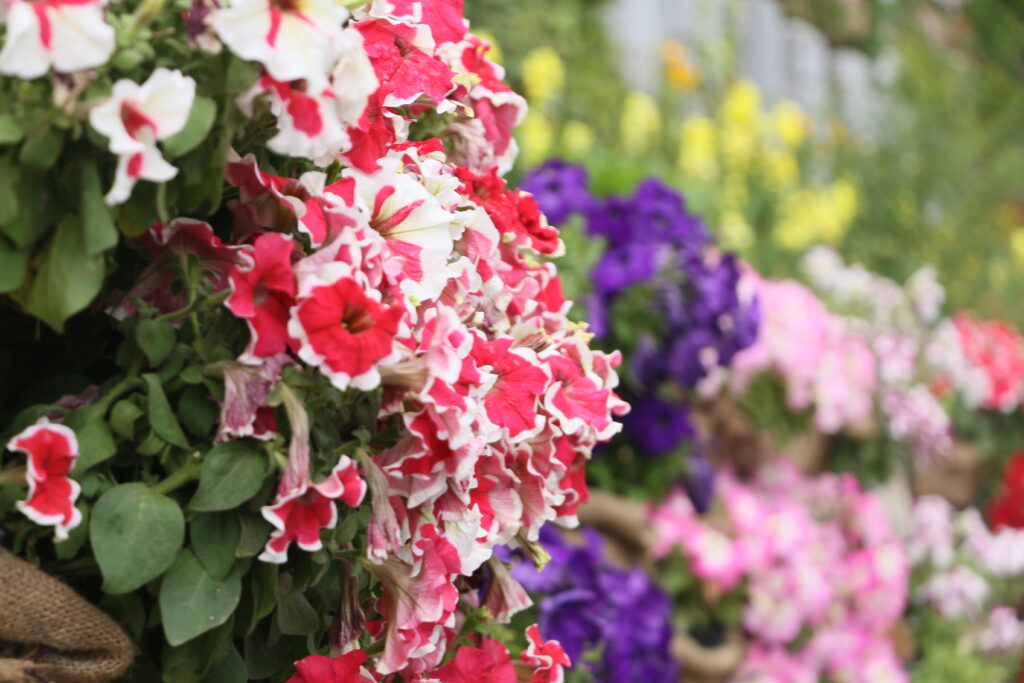Flora and Fauna in Bhutan
Bhutan, known for its stunning landscapes and rich biodiversity, is home to a vast range of plant and animal species. The country’s diverse topography, varying from the subtropical lowlands to the high Himalayan peaks, creates a unique environment that supports a wide variety of flora and fauna. Bhutan’s commitment to environmental conservation, with over 70% of the country covered in forest, has played a crucial role in preserving this biodiversity.

Flora of Bhutan
Bhutan’s flora is highly diverse, with over 5,400 species of plants recorded, including medicinal herbs, orchids, and a variety of trees.
- Forests
The forests of Bhutan are divided into three main types: subtropical, temperate, and alpine.- Subtropical Forests (below 2,000 meters): These forests are rich in hardwood species such as sal, fig, bamboo, and hardwood trees.
- Temperate Forests (2,000 to 3,500 meters): These forests are home to conifers like pine, spruce, and fir, as well as broadleaf species like oak and maple.
- Alpine Meadows (above 3,500 meters): As the elevation increases, forests give way to alpine meadows with grasses, shrubs, and high-altitude flowers such as primroses, edelweiss, and rhododendrons.
- Medicinal Plants
Bhutan is renowned for its traditional medicine, which makes use of numerous native plants. Medicinal plants like Artemisia, Cordyceps, Aconite, and Ginseng are used for various therapeutic purposes. - Flowering Plants
Bhutan is home to over 300 species of orchids, many of which are endemic to the region. Other notable flowering plants include the Himalayan blue poppy, rhododendrons, and the national flower, the blue poppy (Meconopsis grandis).
Fauna of Bhutan
Bhutan’s fauna is equally diverse, with a variety of species found in its forests, grasslands, and mountain ranges. The country is home to several endangered species, many of which are protected in national parks and nature reserves.
- Mammals
- Tigers: The Bengal tiger (Panthera tigris tigris) is found in Bhutan’s southern forests. The country has a significant population of this elusive big cat.
- Snow Leopards: Found in the high Himalayas, snow leopards (Panthera uncia) are well-adapted to the cold, rugged terrain of Bhutan’s alpine regions.
- Red Panda: Bhutan is home to the endangered red panda (Ailurus fulgens), which is primarily found in the temperate forests.
- Golden Langur: The golden langur (Trachypithecus geei) is an endangered primate native to the forests of western Bhutan.
- Wild Boar, Elephants, and Deer: Bhutan’s forests are also home to wild boar, sambar deer, barking deer, and Asiatic elephants.
- Birds
Bhutan is a haven for birdwatchers, with over 700 species of birds, including:- Himalayan Vulture: A large scavenger bird found in the higher altitudes.
- Black-Necked Crane: This rare crane (Grus nigricollis), listed as vulnerable, migrates to Bhutan in the winter and is seen in the Phobjikha Valley.
- Golden Eagle: Known for its hunting skills, the golden eagle (Aquila chrysaetos) is commonly found in Bhutan’s mountainous regions.
- Eurasian Wren and Great Hornbill: Found in Bhutan’s subtropical forests.
- Reptiles and Amphibians
Bhutan is home to several species of reptiles and amphibians, including:- Himalayan Pit Viper: A venomous snake found in the lower regions of the country.
- Frogs: Several species of frogs, including the Bhutanese spiny frog, thrive in the country’s moist habitats.
- Turtles and Lizards: Various species of lizards and turtles can be found in Bhutan’s forests and rivers.
- Insects
Bhutan’s ecosystems also support a wide variety of insect species, many of which are crucial for pollination and maintaining ecological balance. Notable species include butterflies, such as the Bhutan glory (Bhutanitis lidderdalii), which is endemic to Bhutan and considered a national treasure.
Conservation Efforts
Bhutan has made significant strides in conservation, with over 50% of the country designated as protected areas, including national parks, wildlife sanctuaries, and nature reserves. The Royal Manas National Park and Jigme Dorji National Park are among the most prominent. Bhutan’s “Gross National Happiness” philosophy emphasizes environmental conservation, ensuring that biodiversity protection remains a national priority.
Bhutan’s forests, national parks, and wildlife are a testament to the country’s commitment to preserving its natural heritage for future generations. The country’s biodiversity not only contributes to its cultural identity but also plays a key role in maintaining ecological balance in the region.

